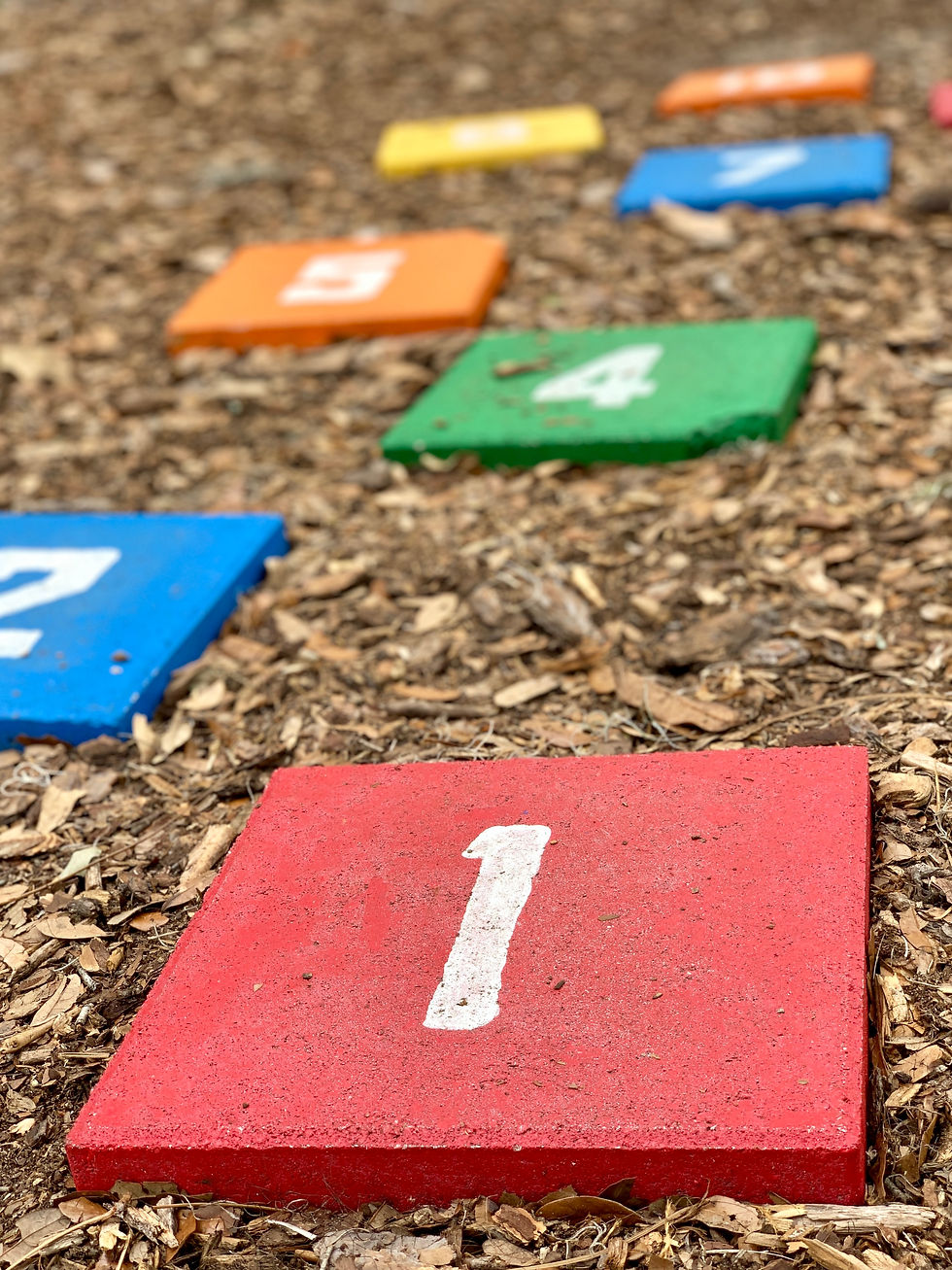The Importance of Science in Facilitating Creativity in Young Children
- Jasmeen Kaur
- Apr 22
- 3 min read

Through its science curriculum, the area develops creativity in young children by educating them through discovery-based learning, trials, and solution-centered activities. Children become able to think critically and imagine while working with science concepts. This develops their innovative thinking abilities. Research shows that children in the early stages of learning become active participants in their educational processes through scientific material exploration (Howard & Mayesky, 2022). Children develop their curiosity through hands-on learning and use firsthand experiences to both question and form theories followed by conclusions from observations. A curriculum integration of creativity will produce students who become both inventive thinkers and effective problem solvers for the future.
Creativity Theories and Perspectives in Early Childhood Education
The theories of creativity strongly emphasise how science shapes early childhood education. Researcher Gardner demonstrates in his multiple intelligences theory that children can express creativity through multiple channels beyond classroom subjects (Howard & Mayesky, 2022). Educators using this understanding implement various learning methods based on science experiences that support natural creative development in children. Theories established by Csikszentmihalyi help us understand how children learn best through environments that build their interest in deep learning (Stone-MacDonald et al., 2015). Educational practitioners get the chance to establish educational spaces where scientific exploration fosters creative discoveries in children when they recognise and use these theories.
Resources, Materials, and Digital Technologies
Early childhood professionals who want to improve science student engagement should use more than one educational material and digital technology resource. Lower-primary children can develop their investigative and exploratory skills using tangible items such as building blocks as well as magnifying glasses and water play resources (Zabawa, 2019). Digital technology such as educational applications and interactive science-based videos offers educators a way to extend learning experiences by accommodating variable student learning approaches (NAEYC, n.d.). Children develop critical thinking ability when they play coding games that use engineering concepts in an enjoyable way (Major, 2018). Classrooms should select educational materials and technology that facilitate knowledge discovery through collaborative and creative activities.
Learning Experiences Across Age Groups
0-2 years – A sensory box should contain rice alongside scoops and miniature animals to allow exploration. Children can feel different textures and develop their motor skills while testing material interactions when scooping and pouring, which enhances their sensory and scientific knowledge.
2-3 years – A water play area combines containers with funnels for children's play activities. The water play area lets children perform tests that show how water interacts with objects while developing their abilities to engineer solutions and tackle problems.
3-5 years – Establish an outside science station using magnifying lenses together with organic items like plants along with stones and blossoms. Offering observation, classification and discussion opportunities to children unlocks scientific curiosity as well as scientific thinking through investigational and playful activities.
6-8 years – Design and execute a basic engineering challenge to construct bridges through the use of ordinary materials. The activity promotes teamwork between children who design and test their bridge structures, thus developing their critical thinking abilities and engineering basics.
Original Creative Learning Opportunities
0-2 years - Have infants take part in the bubble-making process where they will learn about air while seeing movement at work. Through observing bubbles in motion, children improve their sensory perception as well as build core scientific reasoning capabilities through investigation.
2-3 years - You should conduct a basic kitchen science project to make slime by mixing cornflour and water together. The direct interaction with this substance teaches children to witness material changes while sparking their imagination regarding new methods to employ its stickiness, which encourages them to explore different options.
3-5 years - During a storytelling activity students should use recycled materials to build imaginary rockets. The teaching staff can direct students to develop creative ideas about their rocket functions while brainstorming space adventures to aid imaginative gameplay and strengthen scientific thinking.
Critical Reflection and Evaluation
My reflective analysis reveals that my creative qualities will effectively support my abilities to enhance science curriculum creativity and innovation through teaching practice. My natural curiosity and investigative spirit help me build educational activities which spark imaginative thinking among children. Through an inquiry-based space I support students to speak their ideas while building their personal views. Flexibility in my teaching methods allows me to modify lessons so children can provide responses that enrich creativity in my classroom environment. The combination of personal traits with science education strategies produces creativity development along with team problem-solving abilities that benefit students after their school years.



Comments